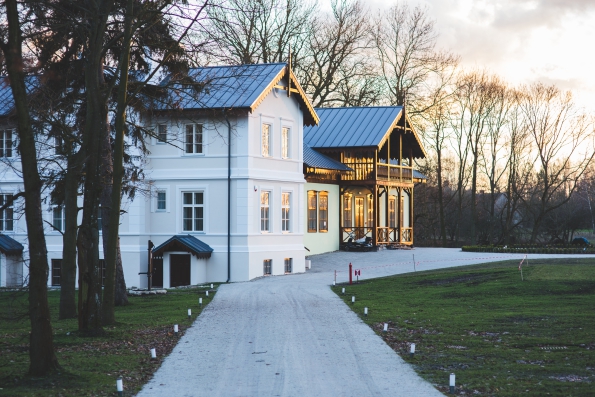Building a new home? Is it exempt from CGT? Posted on October 9, 2018

It is a widely recognised fact that capital gains tax (CGT) applies to a taxpayer’s principal or main residential property. And one of the requirements for this main residence CGT exemption is that there needs to be a building on that property.
What is less well known in that the period when this main residence CGT exemption applies can be extended to cover the time it takes to finish construction (or complete repairs made to) the residence on the property. This is commonly referred to as the “building concession” or sometimes the “four year rule” for reasons that are outlined below.
What is the building concession?
The “building concession” allows a taxpayer to choose to treat a property they have acquired as their main residence during the period that they “construct, repair, renovate or finish building” a dwelling on that property. The land at the time of acquisition may or may not contain an existing dwelling on it, or if there is a dwelling, the taxpayer has vacated it in order to affect the repairs.
Note that vacant land may also be treated as a taxpayer’s “main residence” if the land is vacant because the taxpayers’s home has been destroyed.
What are the conditions?
The relevant dwelling must become the taxpayer’s main residence “as soon as practicable” after building or renovations are complete, and remain so for at least three months. Further, the concession applies for a maximum period of four years from the time the taxpayer acquires the land, or ceases to occupy a dwelling already on the land, until the constructed or repaired dwelling is occupied as the taxpayer’s main residence. This is the reason the concession is sometimes also referred to as the “four year rule”.
In limited circumstances, the Tax Office can exercise some discretion to extend these four years – examples include where the builder becomes bankrupt and is unable to complete the construction or where a family member has a severe illness.
And if the four year period elapses?
If more than four years pass before the constructed or repaired dwelling is occupied as a main residence, a partial main residence CGT exemption can apply in respect of that excess period.
What if a dwelling is destroyed or is compulsorily acquired?
A taxpayer can choose to apply the main residence exemption to a property even if they no longer reside in the property. This rule is commonly referred as the “absence concession” or sometimes the “six year rule”. The requirements for this rule to apply can be tricky.
If a dwelling that is subject to the absence concession is accidentally destroyed (or compulsorily acquired) and land is bought on which to build the replacement (“substitute”) dwelling, the building concession can also be used in these circumstances to preserve the effect of the absence concession in relation to the substitute dwelling.
The land however must be acquired within one year after the income year in which the original dwelling was accidentally destroyed or was compulsorily acquired (although there is some discretion allowed by the Tax Office).
Can the concession apply to vacant land for the period after the dwelling is destroyed?
Yes. The concession is also available if a main residence is accidentally destroyed (such as with a bushfire or flood) and the vacant land is subsequently sold or disposed.
Importantly, the destruction must be way of “accident”.
The concession will apply to treat the vacant land as the taxpayer’s main residence for an unlimited period of time from when the dwelling was destroyed until the disposal of the land, provided the dwelling was the individual’s main residence at the time of its destruction, or taken to be by way of choosing to apply the absence concession, and no other dwelling was subsequently built on the land.
Further, if choice is made to apply the concession, no other dwelling can be treated as the individual’s main residence during the period it covers.





